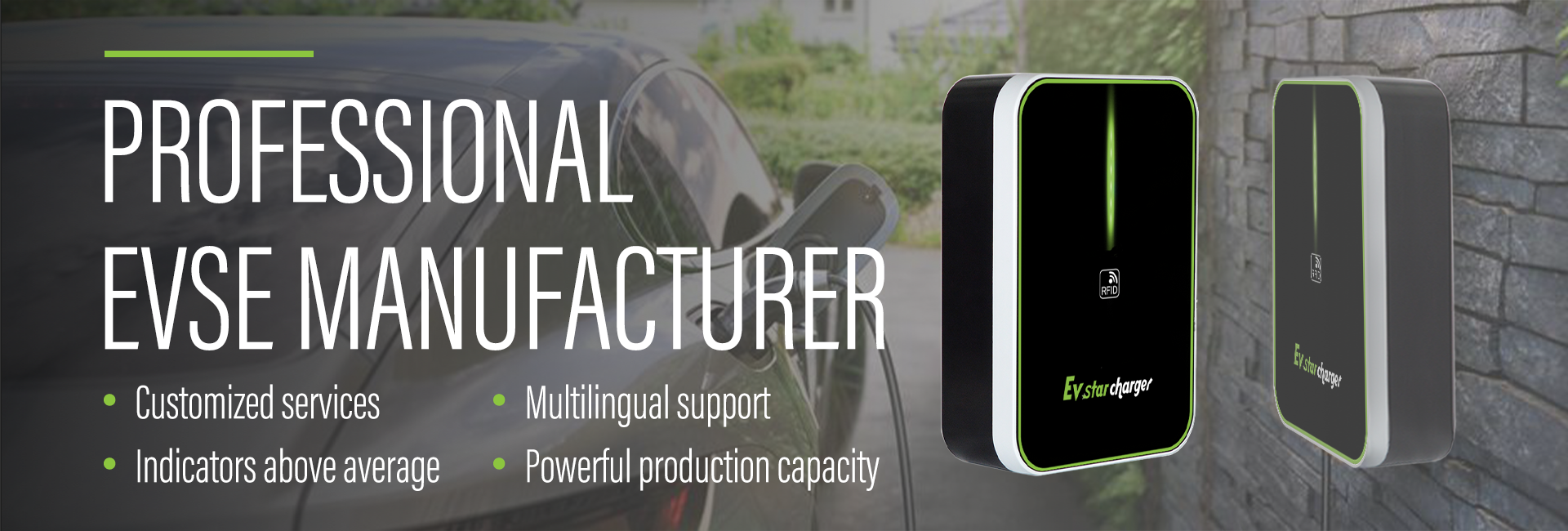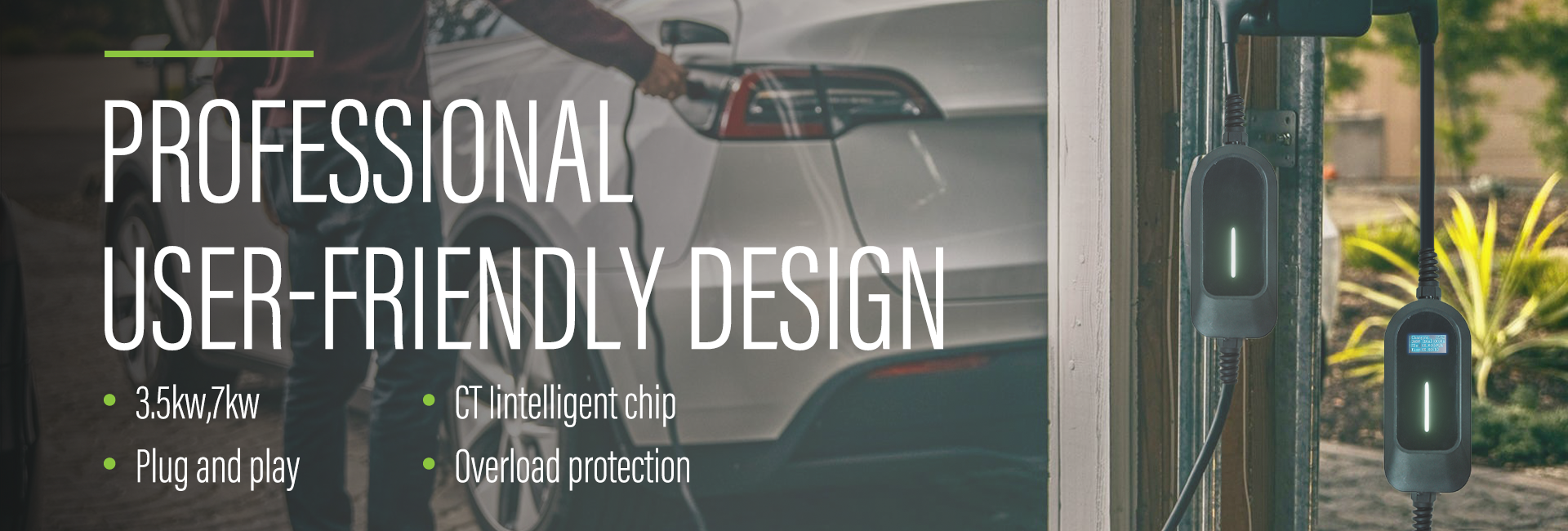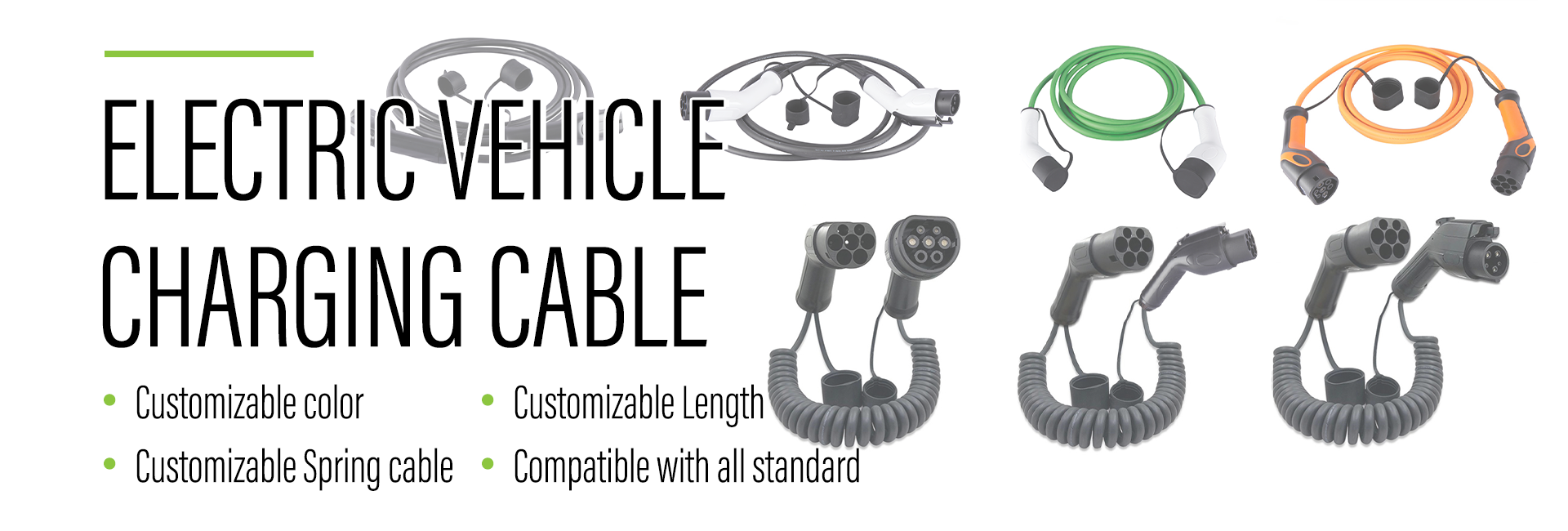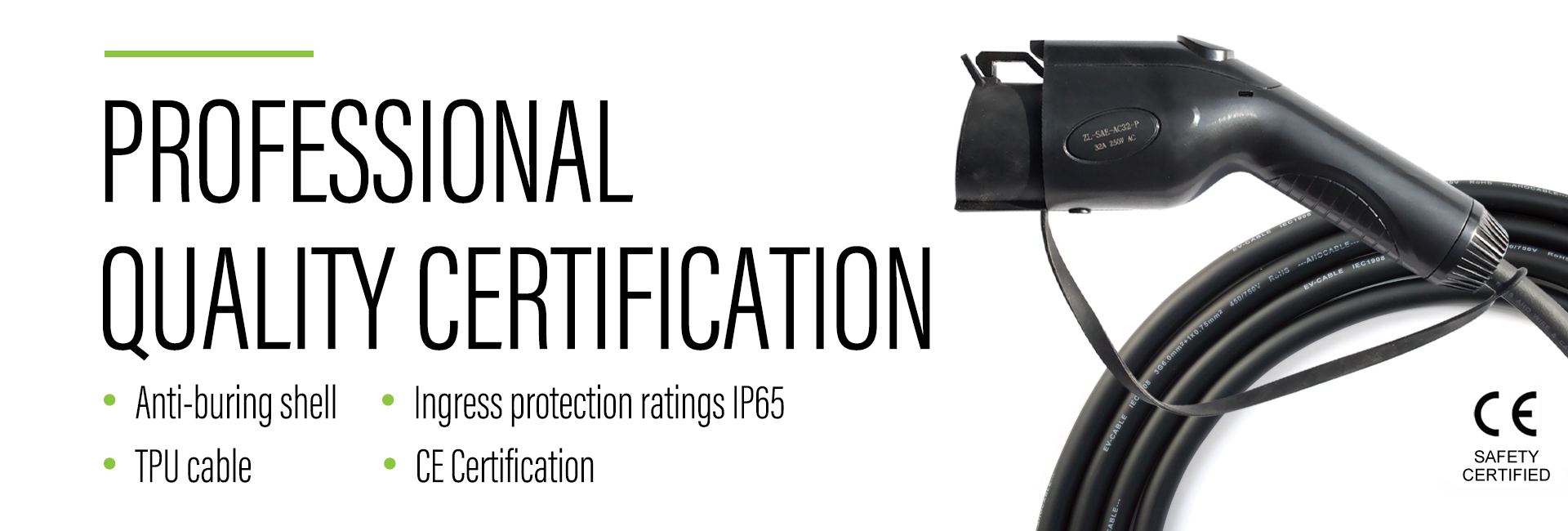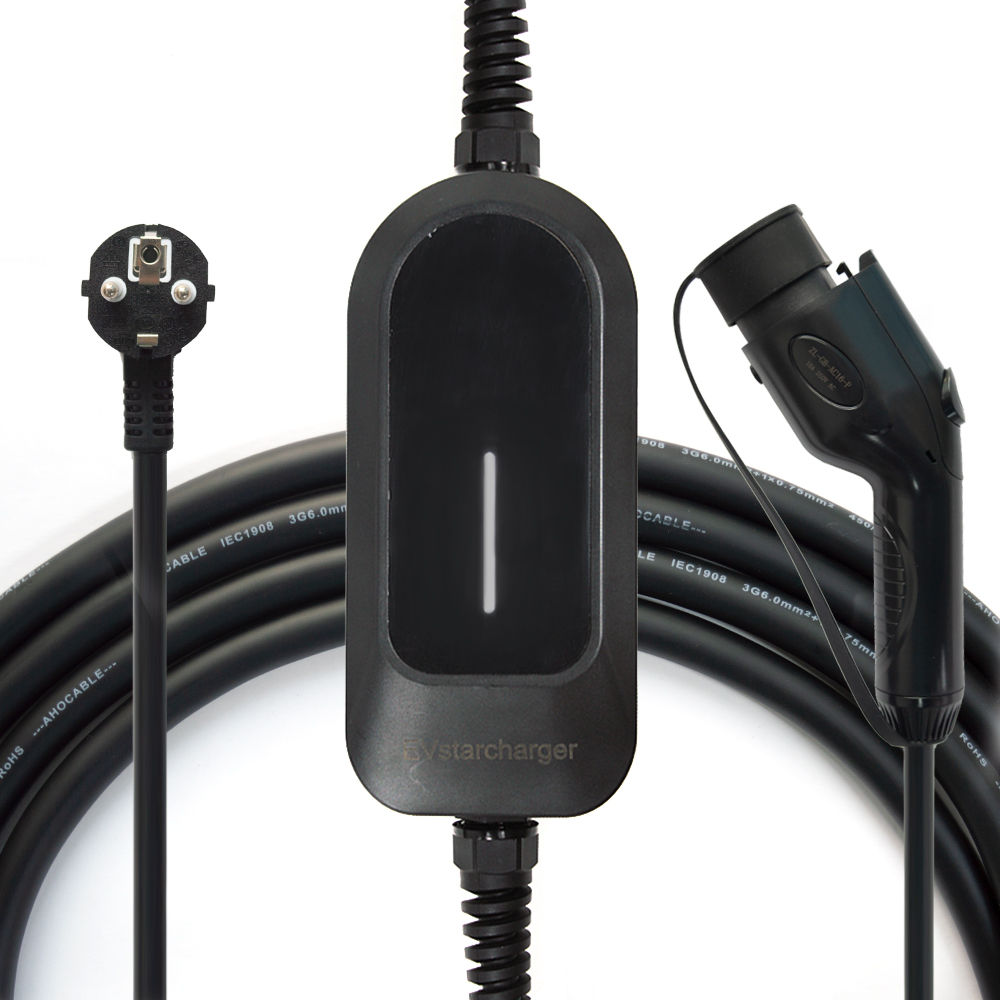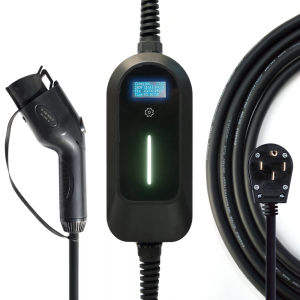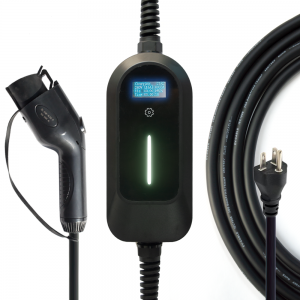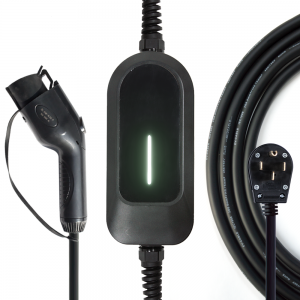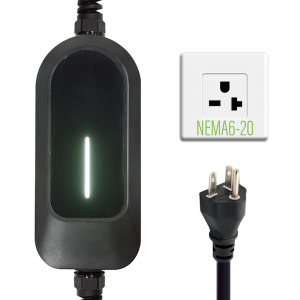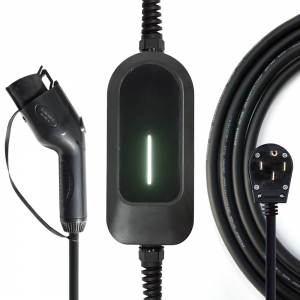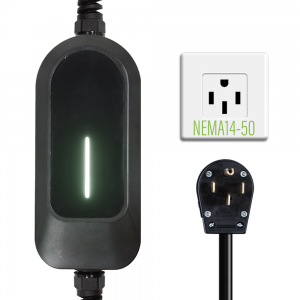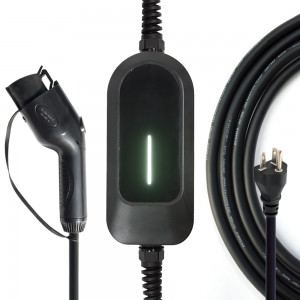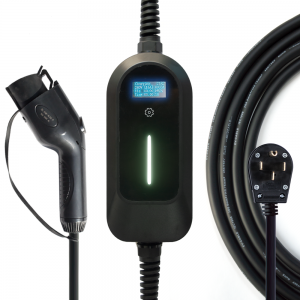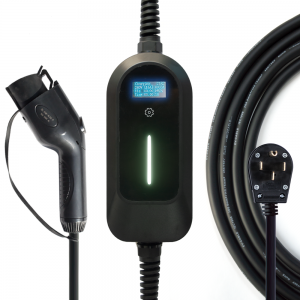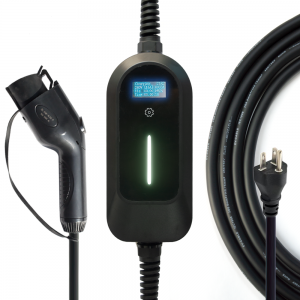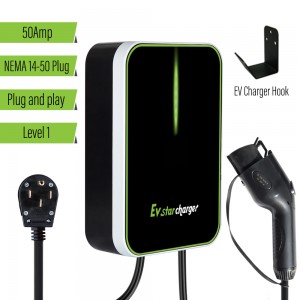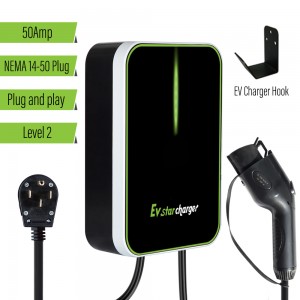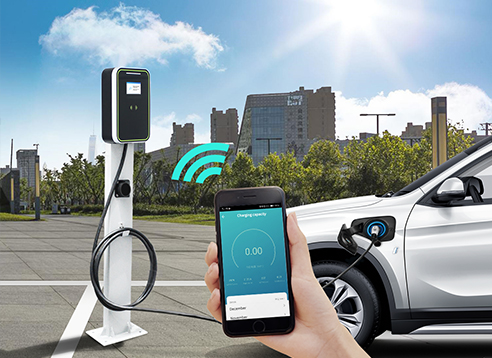For inquiries about our products or pricelist, please leave your email to us and we will be in touch within 24 hours.
Star Charger New Energy Technology (Shanghai) Co., Ltd. is an enterprise specializing in Research & Development of Electric Vehicle Charging products. The company has a strong R&D team and the team director conducted a visiting scholar study at the University of Michigan Dearborn from 2011 to 2012. And the company also has a complete production supporting system integrating mold design, manufacturing and injection molding.
NASA Cooling Method Could Allow Super-Quick EV Charging
Electric car charging is getting quicker due to new technologies, and it may be just the beginning. Many advanced technologies developed by NASA for missions in space have found applications here on Earth. The latest of these may be a new temperature-control technique, which could enable EVs t...
What are the Different Levels of Electric Vehicle Charging?
An electric vehicle, abbreviated as EV, is an advanced vehicle form that works on an electric motor and uses electricity to operate. EV came to existence back in mid 19th century, when the world moved toward easier and more convenient ways of driving vehicles. With the increase in interest and de...

